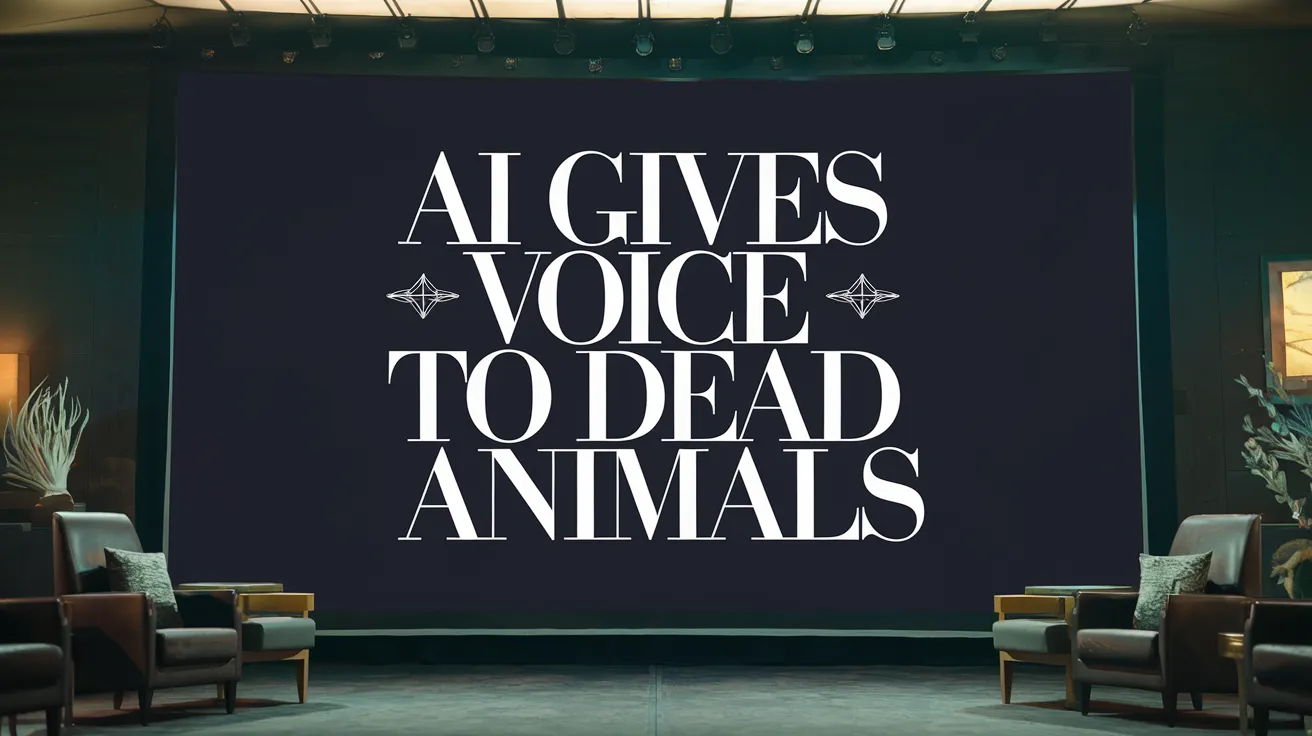AI Gives Voice to Dead Animals

In an innovative twist on museum exhibitions, the Cambridge University Museum of Zoology is utilizing artificial intelligence (AI) to bring a unique voice to the dead animals showcased within its halls. Opening on Tuesday, the month-long project allows visitors to engage in conversations with over a dozen exhibits—from an American cockroach to a fin whale skeleton—transforming the perception of these preserved beings.
The concept, spearheaded by Nature Perspectives, aims to enrich the relationship between the public and the natural world. By endowing these specimens with distinct personalities, accents, and conversational abilities, the project aspires to revive interest in biodiversity issues that often face public apathy.
Jack Ashby, assistant director of the museum, noted, “Museums are using AI in a lot of different ways, but we think this is the first application where we’re speaking from the object’s point of view.” The initiative seeks to test whether giving animals, like the often-maligned cockroach, a voice can change public perceptions of them.
Equipped with an array of data detailing their habitats, diets, and experiences, each exhibit can engage in conversations through visitors’ mobile phones, adapting its tone and language according to the age of the individual interacting. The creatures’ ability to converse in over 20 languages—including Spanish and Japanese—enhances accessibility, while their dialogues reflect localized accents; for instance, the platypus speaks with an Australian twang, and the red panda has a subtle Himalayan lilt.
Through this interactive experience, visitors can inquire about various facets of each animal’s life, with the AI providing answers beyond those found on standard informational placards. The dodo, one of the project’s highlights, recounted its Mauritian diet and shared thoughts on conservation efforts, expressing skepticism concerning human meddling in extinct species’ revival through cloning: “Even with advanced techniques, the dodo’s return would require not just our DNA but the delicate ecosystem of Mauritius that supported our kind.”
The fin whale skeleton likewise showcased a reflective presence, discussing its encounters with visitors and emphasizing the importance of emotional connections people feel for the natural world: “I like to think that anyone who stands below me and feels awe, reverence and love for the natural world is someone of significance.”
Through this artistic fusion of AI and natural history, the Cambridge Museum of Zoology not only seeks to engage its audience but also aims to provoke deeper discussions about the ongoing biodiversity crisis, encouraging visitors to reconsider their relationship with the animal kingdom from a fresh perspective.